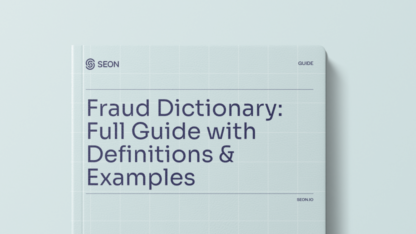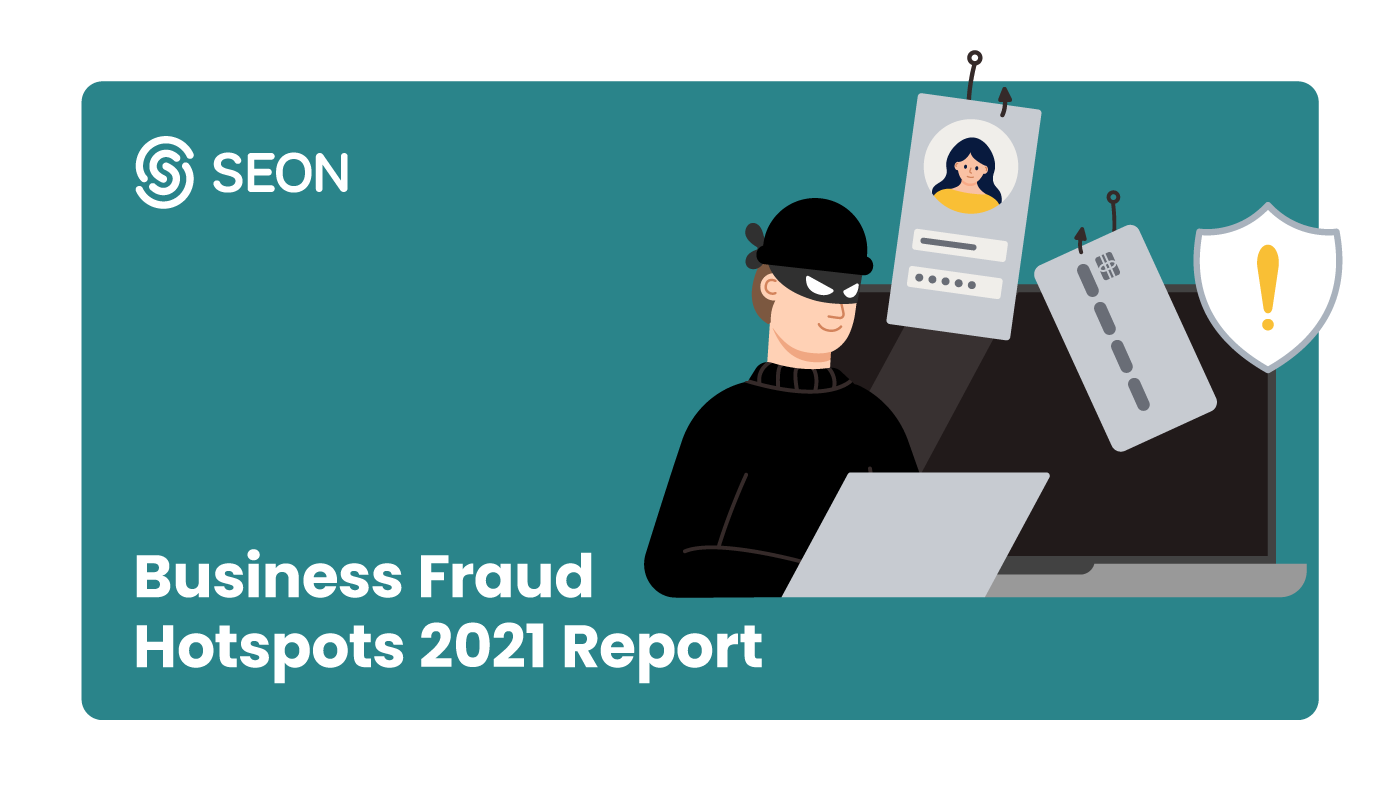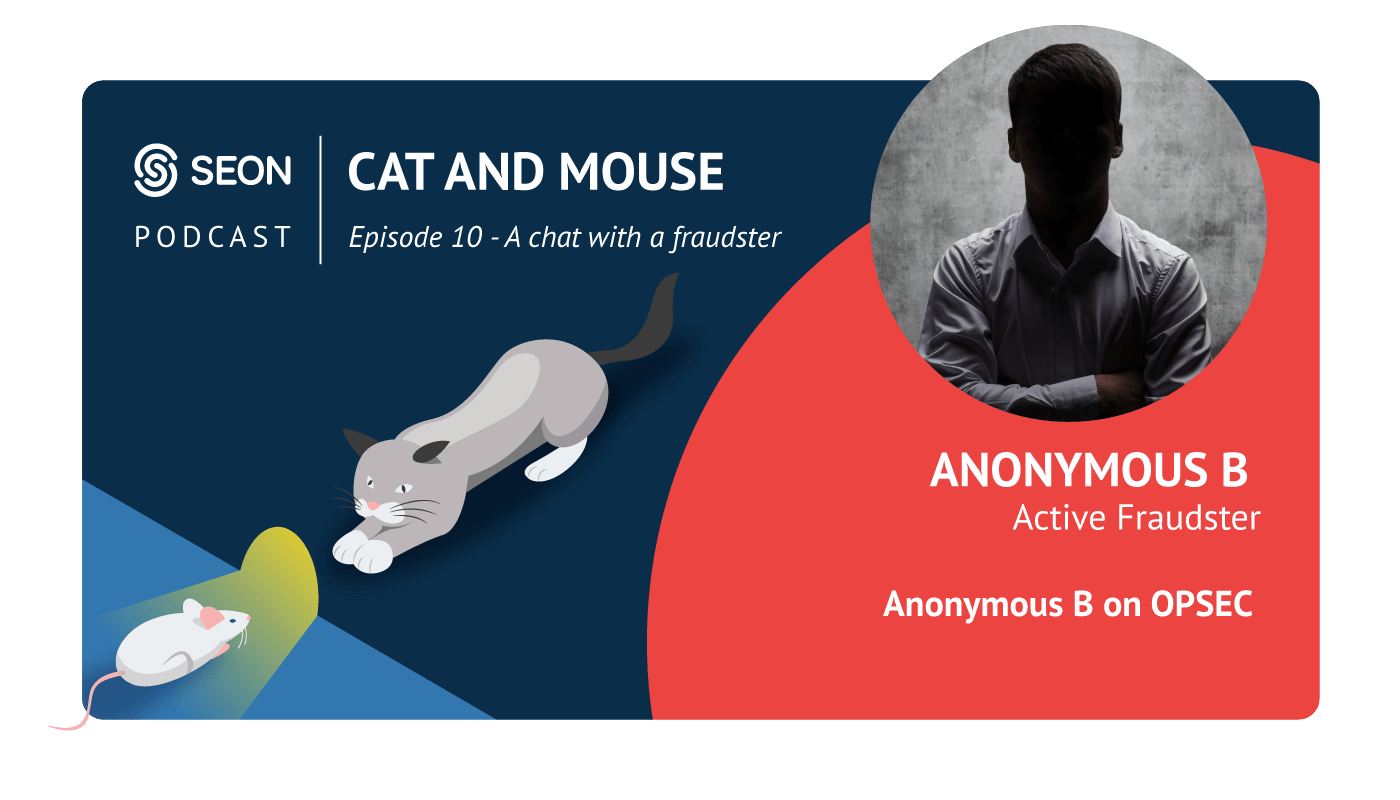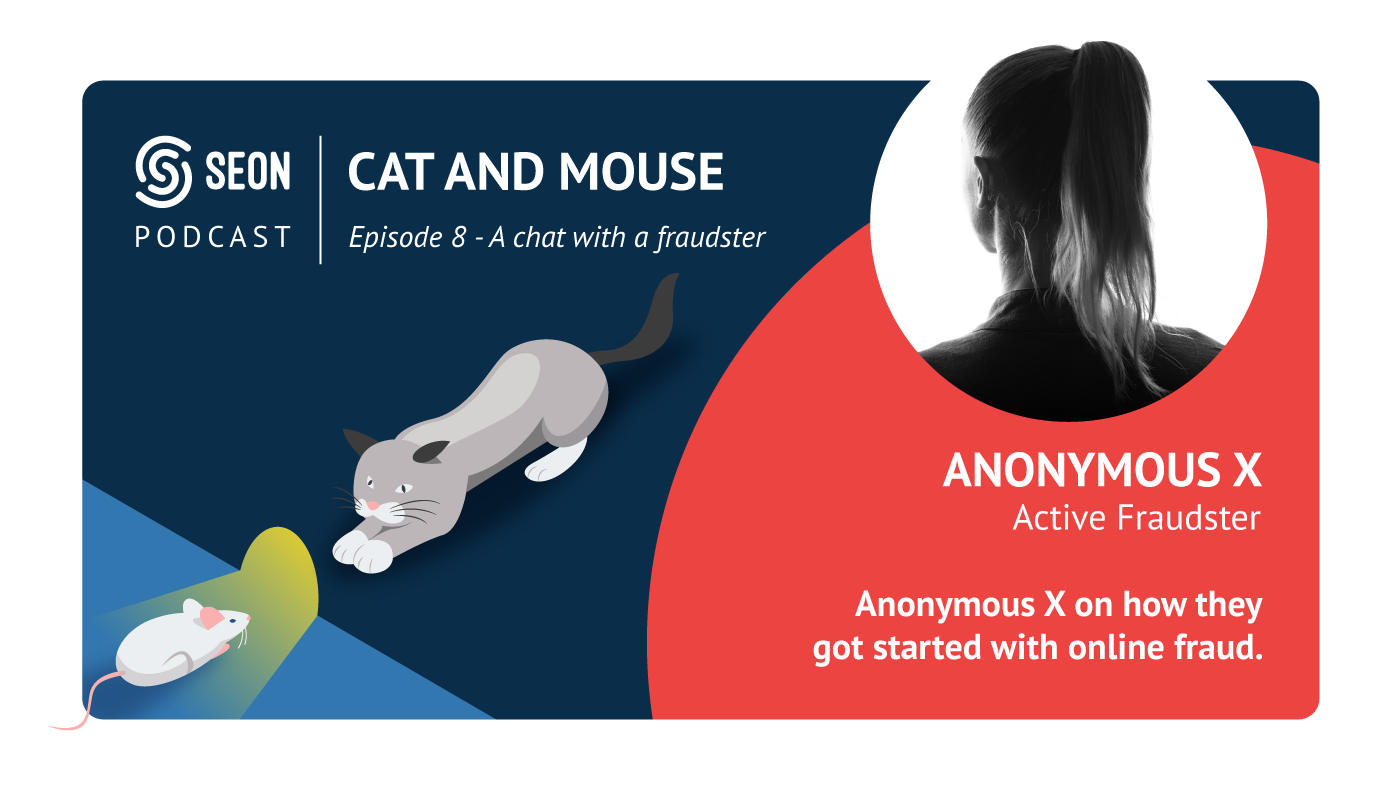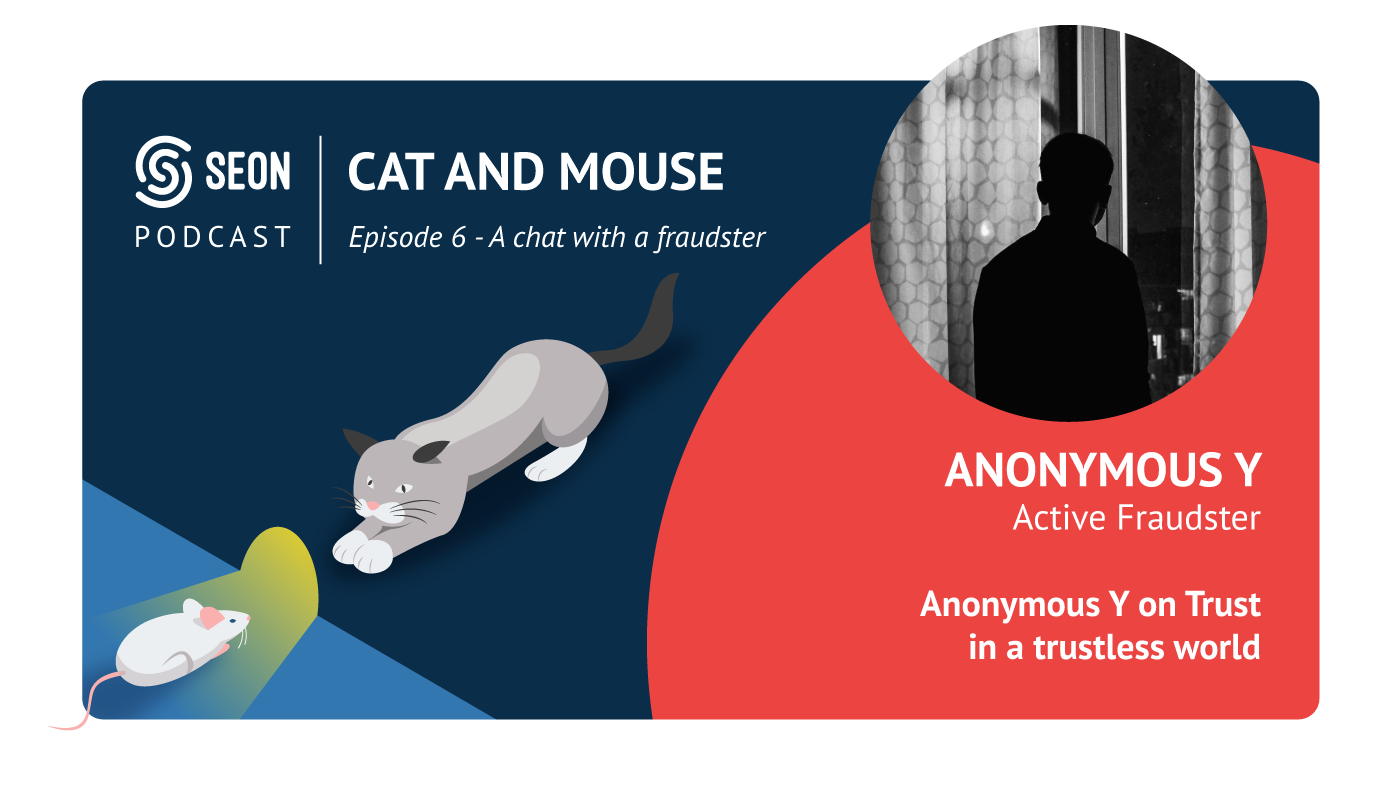Fake reviews hurt consumers and businesses. Let’s see how you can spot them – or, better still, prevent them from being written in the first place.
Fake Reviews – The Scale of the Problem
Online reviews have been a true revolution in the way we purchase products and services. According to statistics compiled by Invesp, 93% of consumers say online reviews impact their purchasing decisions. But 72% of interrogated people also believe that fake reviews have become a norm of the industry.
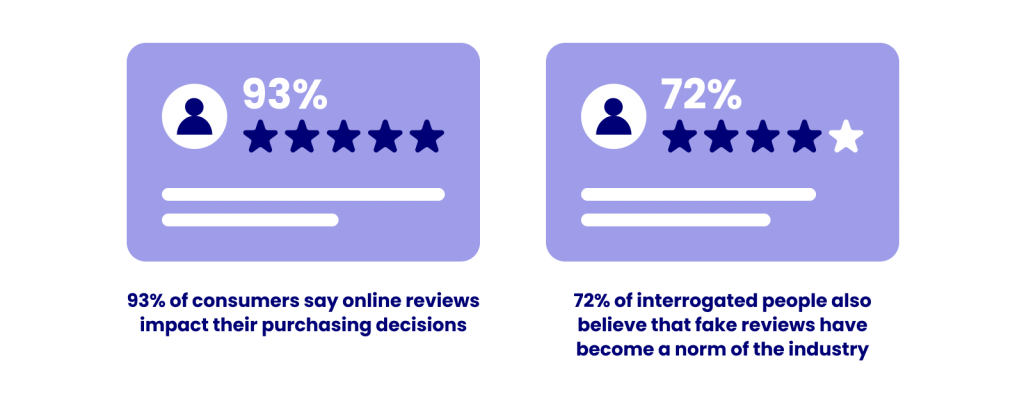
They’re not far off. Review sites such as Capterra, TrustPilot, or Google Reviews are littered with low-quality or plainly fraudulent reviews.
Official reports from the World Economic Forum states that the rate of fake to real reviews hovers around the 4% mark. A report by the Guardian calculated that 3.6% of all reviews on Tripadvisor were fraudulent.
How Fake Reviews Negatively Impact Businesses
Here’s why fake reviews cause a problem for online businesses:
- Fake reviews mislead consumers
- Hosting fake reviews on your site creates a loss of consumer trust
- Fake reviews on your site hurt your brand reputation
- Vetting fake reviews is time-consuming and expensive
It’s also increasingly a compliance issue. In the US, for instance, the Consumer Protection from Unfair Trading Regulations 2008 aims to crack down on fake reviews. Similarly, the UK government is deploying arbitration and mediation processes, which include auditing website reviews.
Kwasi Kwarteng, the UK’s business secretary stated that:
“The UK’s economic recovery relies on the strength of our open markets and consumers’ faith in them. By delivering on our commitment to bolster our competition regime, we’re giving businesses confidence that they’re competing on fair terms and the public confidence they’re getting a good deal.”
How Fraudsters Benefit from Fake Reviews
One reason fake reviews are so commonplace is that there are a lot of incentives. Firstly, you could be selling them directly to unscrupulous businesses. There is no shortage of online services that offer to create fake reviews for you (for a price).
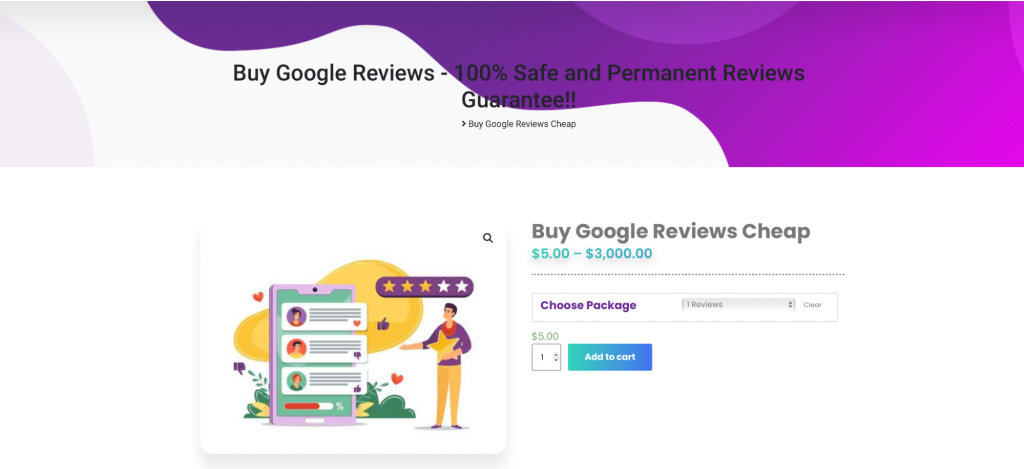
Fraudsters, meanwhile, will also use the same tactics to give credibility to their own products or services. Fake reviews may influence unsuspecting consumers, who end up:
- Giving away their credit card information to phishing websites
- Purchasing fake or low-quality replicas of products
- Shooting down the competition to boost their own products or services
All of the above conspires to create an environment of mistrust for your users, which, in turn, reflects poorly on your own reputation.
5 Ways to Spot Fake Reviews
While most review sites have a filter in place to detect fake online reviews, sometimes it’s up to you to perform due diligence. Here are tips on spotting fake reviews:
- Check the user’s profile: if you can get information about the person who posted the review, you may be able to identify red flags, such as a large number of positive reviews for the same product, lack of social activity, or copy-pasted comments. Even more specific: comparing their review with that of another reviewer will give you a better idea of what kind of person you’re dealing with.
- Lack of specifics: fake reviews are often hastily written, which is why you’ll find vague descriptions or a lack of specific details in them.
- Repeat brand mentions: reviews that mention the product name several times and have a marketing-y feel to them could be just that: written by marketers, not consumers.
- Consider the wording: not just unusual language or grammatical mistakes which could point to outsourced fake review services – you should also look for similarities between reviews in terms of structure and wording.
- Use specific online tools: there is a growing market for fake review checks. Tools such as ReviewMeta, Fakespot, or TheReviewIndex automatically scan a product page’s reviews and eliminate fake ones to give you a more accurate picture.
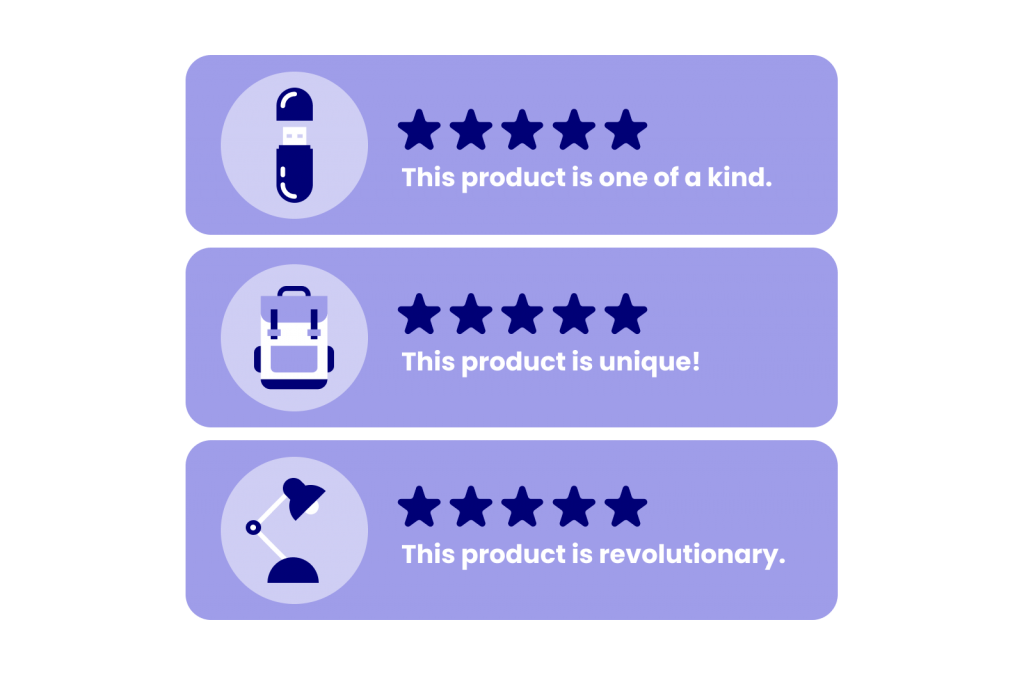
Tools & Solutions to Detect & Prevent Fake Reviews
Of course, the best way to remove fake reviews from your site is to prevent them from being written in the first place.
The good news is that you will probably have some kind of sign-up process designed to let users create an account before they can review an item or service.
You can use the signup data to screen suspicious users before they even get a chance to write a review. You decide what is deemed suspicious, and set up monitoring alerts, which let your team know immediately when something looks wrong.
Identifying suspicious accounts
One of the best ways to flag spammy and low-effort accounts is to look at a user’s alternative data. For instance, you could check the email address or phone number they give to answer the following questions:
- Are they using a temporary email address service?
- Does the phone number come from a virtual SIM card?
- Does their email provider ask for 2FA or not?
- Are the email address or phone number linked to any social media profiles?
By gathering all that information, you can gain a fairly good idea of whether you’re dealing with a good reviewer or not.
Read more about reverse email lookup and reverse phone lookup.
Then there’s the information that’s built into the user’s connection. This can answer questions such as:
- Are they using a VPN, proxy, or Tor node to connect?
- Are they spoofing their hardware or software configuration?
- Is the IP address pointing to a suspicious location?
Read more about device fingerprinting and IP fraud scores here.
Spotting Connections Between Users
Another way to block suspicious user reviews is to identify what is known as multi-accounting. Put simply, it points to the same user logging in under different personas. It’s not always clear-cut fraud (for instance, it could be different family members sharing a computer), but the most likely scenario is that you’re dealing with an organized group of fraudsters.
So how do you spot these fraud rings? Using the same tools mentioned above to answer the following questions:
- Are multiple accounts sharing the same IP?
- Do they share similar device configurations?
- Do their email addresses follow similar naming schemes (e.g. john765, john778, etc.)?
Once again, this doesn’t always point to fraud. But the picture should become clearer if you also look at the account owners’ behavior on your site.
Analyzing User Behavior
If you can log data relating to user actions, you can create risk rules designed to answer specific questions.
- How long do users spend on the platform before leaving a review?
- What is their ratio of reviews to purchases?
- Do they ask for a refund after leaving a review?
- What kind of language do they use in their reviews?
- What kind of browser or device are they using to access the site? Is it likely to be an automated workflow, or legitimate user interactions?
There are specific tools you can use to analyze user behavior. In fraud prevention, a common solution is to deploy velocity rules, which look at user actions over a set time frame (e.g. how often to they leave a review after logging in).
The language analysis is a bit more complex. You will need to deploy specific Natural Language Processing tools (NLP), which are increasingly available via a SaaS model, for instance with companies such as MonkeyLearn or Aylien.
How SEON Can Help Reduce Fake Reviews
At SEON, we offer all the fraud detection tools you may need to identify suspicious users and spot connections between accounts. We also analyze user behavior and create automated alerts to let you know when something looks off. This means you can filter out bad users before they leave fake reviews on your site.
Best of all, we cater to a wide range of needs, from simple risk scoring to the most sophisticated machine learning rule suggestions – to increase the accuracy of your fraud detection over time.
Frequently Asked Questions about Fake Reviews
Yes. Writing a fake review is considered to promote unfair trading, which falls under consumer protection laws.
The easiest way to spot a fake review is to look at the poster’s account details and to look for similar reviews written in the same style. You may be looking at organized groups paid to write reviews, which is why the language will be similar.
Sources:
- The Guardian: 3.6% of all Tripadvisor reviews were fake in 2020
- EandT: UK government plans crackdown on fake reviews
- World Economic Forum: fake online reviews cost $152B a year
- Ivesp: 93% of consumers say online reviews impact their purchasing decisions



